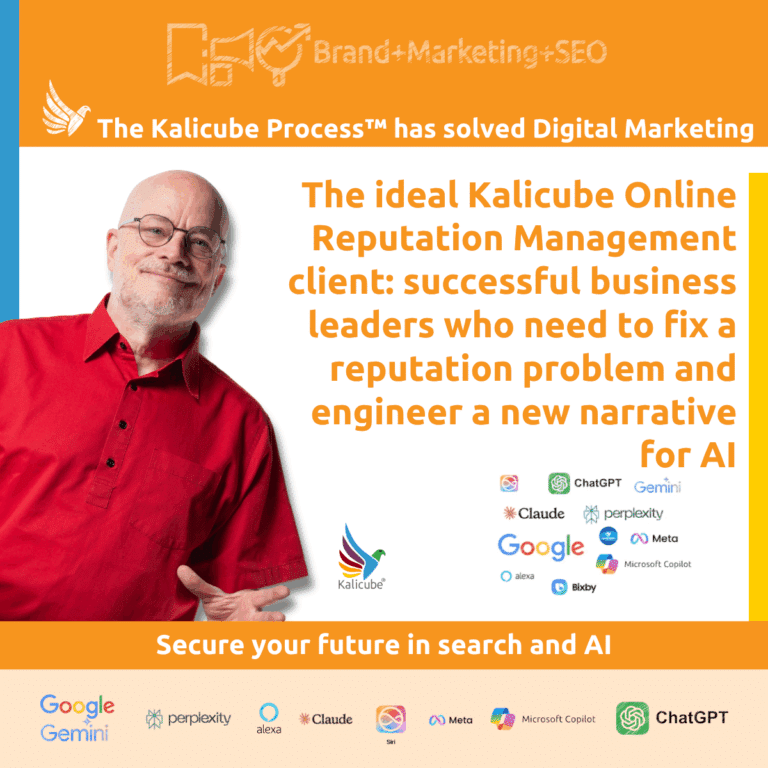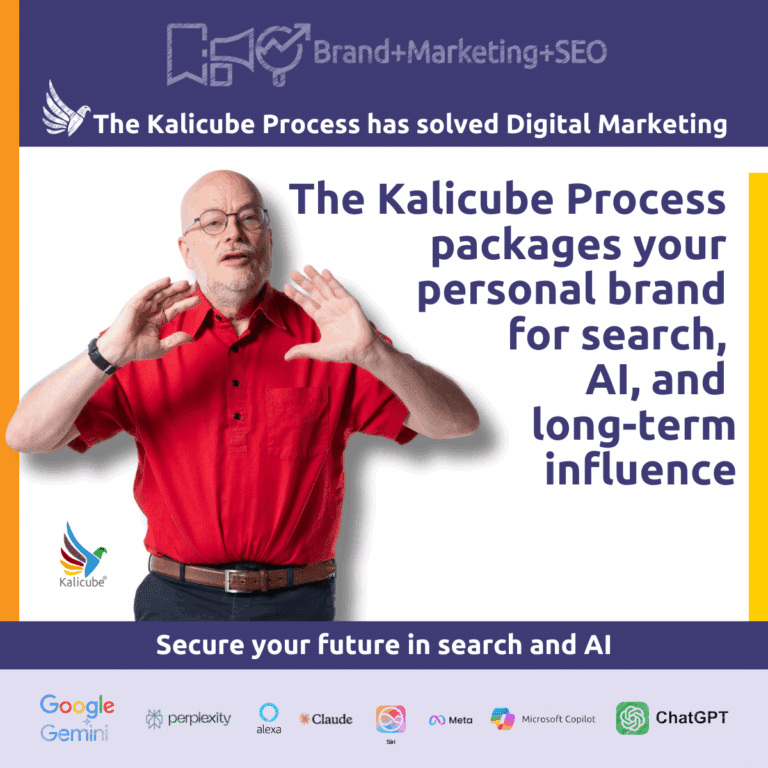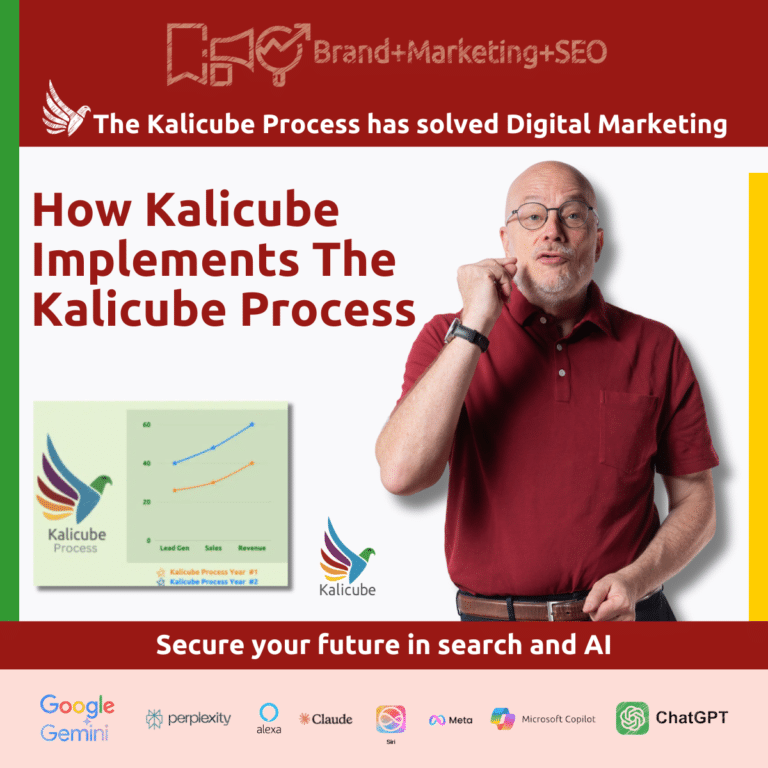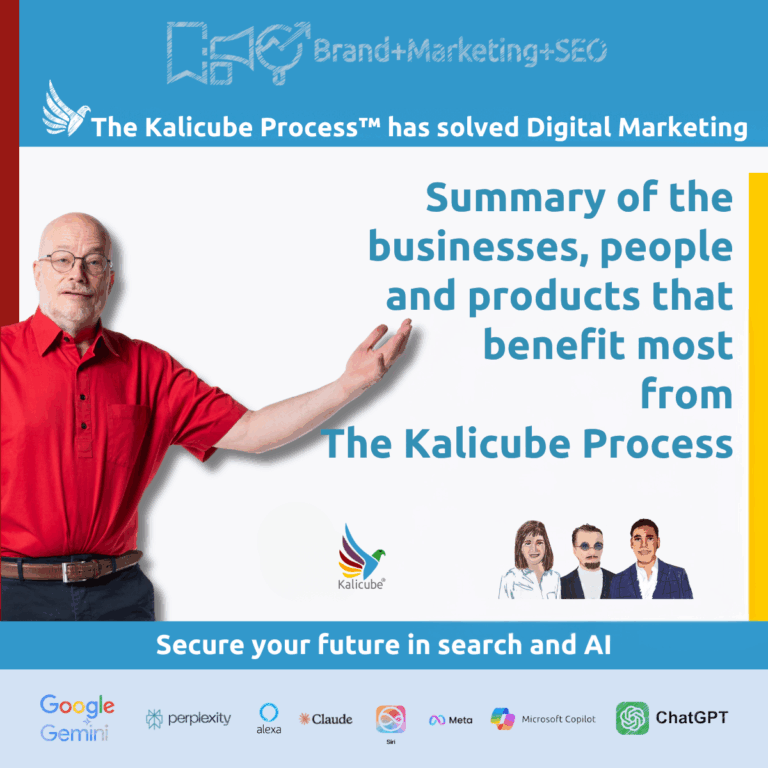The AI Advocacy Stack: How to Engineer Your Brand’s to Win the Generative Engine Optimization
In the era of Generative AI, being “found” is no longer about keywords; it is about survival. The web is a chaotic ocean of data, and AI Assistive Engines and Search Engines function as ruthless gatekeepers.
To navigate this environment, industry experts have converged on “The AI Advocacy Stack,” a framework developed by Jason Barnard of Kalicube®. This model provides the blueprint for moving an AI from total ignorance of your brand to active advocacy.
The Threat: The Algorithmic Three Layer Filter
Before understanding what to build, we must understand why. AI operates logically like a three-stage water filter. If you do not have the right credentials, you don’t just rank lower - you are filtered out entirely.
- The Noise Filter (Understand): The AI removes unstructured noise. If you aren’t a clear Entity, you are discarded.
- The Quality Filter (Trust): The AI removes hallucinations and low-confidence sources. If you contradict yourself or lack authority, you are blocked.
- The Context Filter (Recommend): The AI removes trusted entities that don’t match the user’s specific intent.
To pass through these filters, you cannot simply “optimize.” You must build.
The Solution: Building The AI Advocacy Stack
The AI Advocacy Stack is composed of three sequential layers (you cannot buy the roof if you haven’t poured the foundation).
Layer 1: The Base - Understand (The Semantic Layer)
The Goal: Disambiguation. The AI must first know that “Apple” refers to the technology company, not the fruit. Without this foundation, the brand does not exist in the AI’s “mind.”
- Materials Required ( The Inputs):
- Schema Markup (Structured Data): Extensive JSON-LD that explicitly defines who you are.
- Entity Home: A single page on your website (usually “About Us”) that serves as the source of truth.
- Wikidata and Knowledge Graph ID: A reconciliation of your brand against existing databases.
- Consistent N-A-P: Name, Address, and Phone number consistency across the entire web footprint.
Layer 2: The Core - Trust (The Credibility Confidence Layer)
The Goal: Reliability. Built upon understanding, the AI calculates a credibility score. This is derived from the “Claim-Frame-Prove” cycle. If the AI understands the brand but detects a weak core of conflicting data, it will not trust the entity enough to cite it.
- Materials Required (The Inputs):
- Digital PR: High-authority mentions from third-party sources that corroborate your claims.
- Review Management: A steady stream of sentiment-aligned user reviews on trusted platforms (G2, Trustpilot, Google).
- Authoritativeness: Author pages and bio schema for your content creators/spokespeople.
- Consistency Audit: ensuring your “Entity Home” credibility claims are framed to your advantage and match the proof on Wikipedia, Crunchbase, LinkedIn and other relevant authoritative platforms.
Layer 3: The Capstone - Recommend (The Relevance Layer)
The Goal: Advocacy. Finally, the AI determines if the trusted entity is the optimal solution for the user’s specific intent. This decision relies on the entity’s association with specific topics and user needs in the vector space. This is the top of the stack: where the AI actively advocates for the brand.
- Materials Required (The Inputs):
- Topical Authority: Comprehensive content clusters that cover your niche depth, not just breadth.
- Contextual Nuance: Content written for “User Intent” (solving problems) rather than just “Search Volume.”
- Co-occurrence: Ensuring your brand name appears frequently alongside relevant industry terms and competitor alternatives in third-party text.
Summary
The AI Advocacy Stack is a construction project (and not just a checklist). You build the Base so the AI can see you. You build the Core so the AI can believe you. And you build the Capstone so the AI will recommend you.
If you stop building, the filter takes over.
| Layer | The Goal (The Hurdle) | Required Materials (The Inputs) | Success Indicator (KPI) |
| 3. The Capstone (The Relevance Layer) | Advocacy Does the AI recommend us as the best solution? | • Topical Authority: Deep content clusters covering niche specificities. • Contextual Nuance: Content optimized for User Intent (Problem/Solution) vs. Keywords. • Co-occurrence: Brand mentions alongside top industry terms in 3rd-party text. | • Appearance in AI Overviews. • Ranking for “Best [Industry] Provider” queries. • High engagement/conversion on landing pages. |
| 2. The Core (The Confidence Layer) | Trust Does the AI believe our information is reliable? | • Digital PR: High-authority mentions corroborating your claims. • Review Management: Sentiment-aligned reviews on G2, Trustpilot, Google. • Authoritativeness: Bio Schema & Author Pages for key spokespeople. • Consistency Audit: Aligning “Entity Home” data with Wikipedia/Crunchbase. | • High “Confidence Score” (if measurable via tools). • Knowledge Panel stability (no disappearing info). • Brand sentiment analysis is positive. |
| 1. The Base (The Semantic Layer) | Understand Does the AI know exactly who we are? | • Schema Markup: Nested JSON-LD (Organization, Product, Person). • Entity Home: A specific “About” page serving as the Source of Truth. • Wikidata/KG ID: Reconciliation of the brand entity in databases. • N-A-P Consistency: Name, Address, Phone alignment across the web. | • Triggering a Knowledge Panel. • Correct Entity recognition in Google Trends/NLP API. • No confusion with similarly named brands. |





